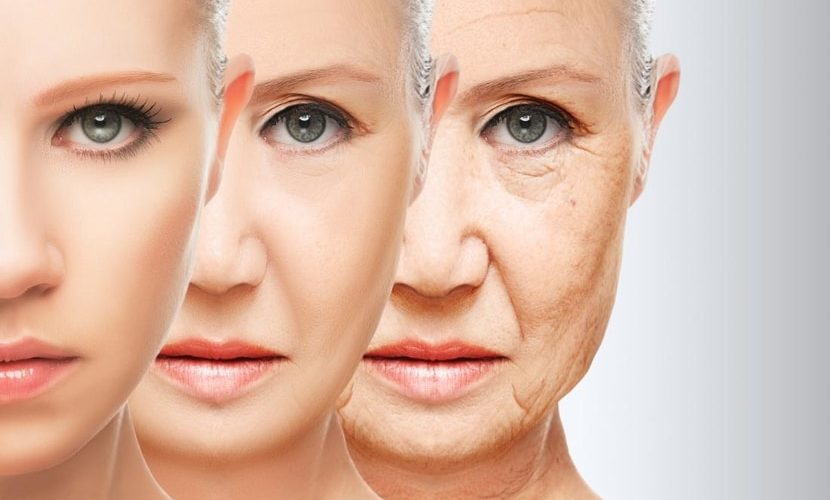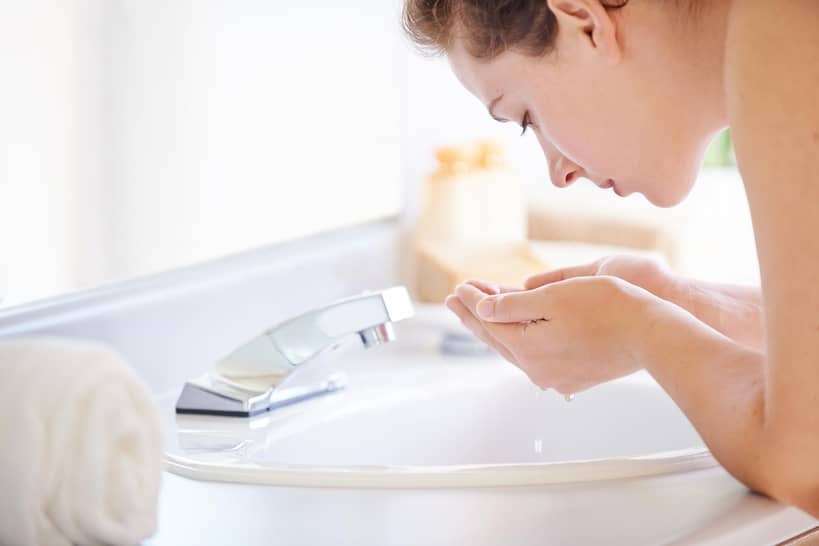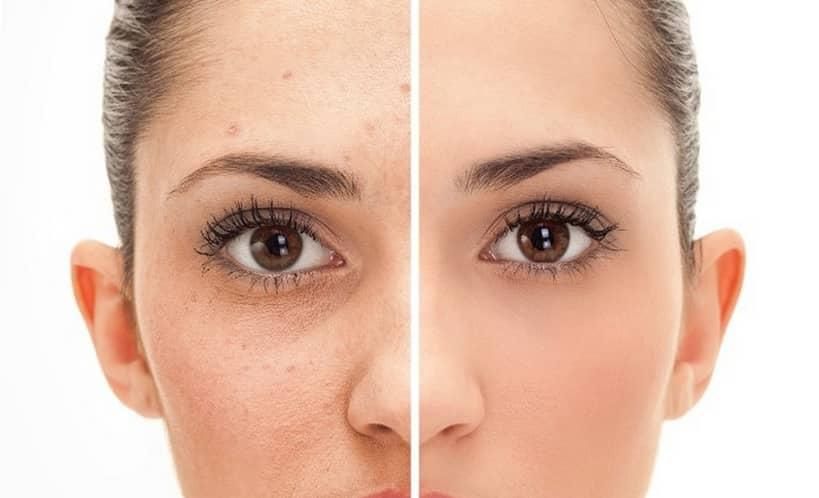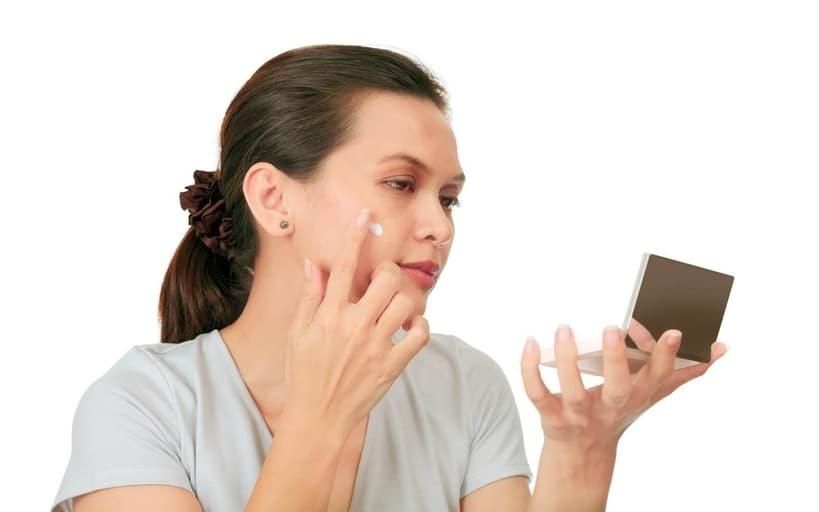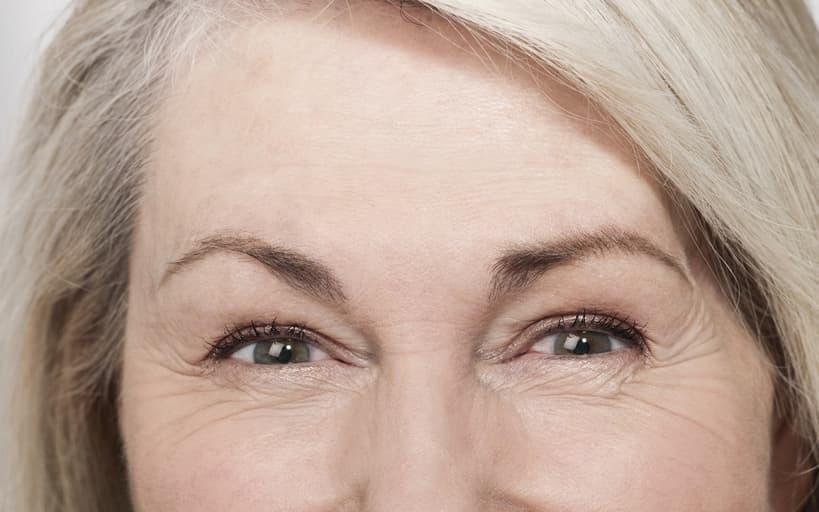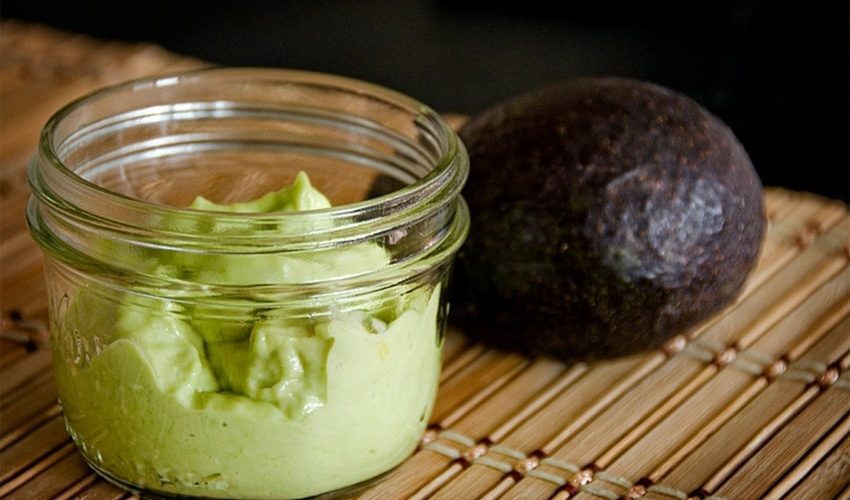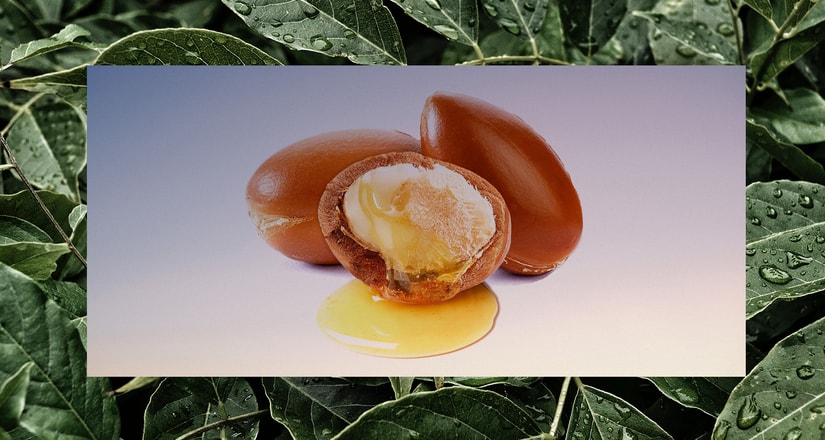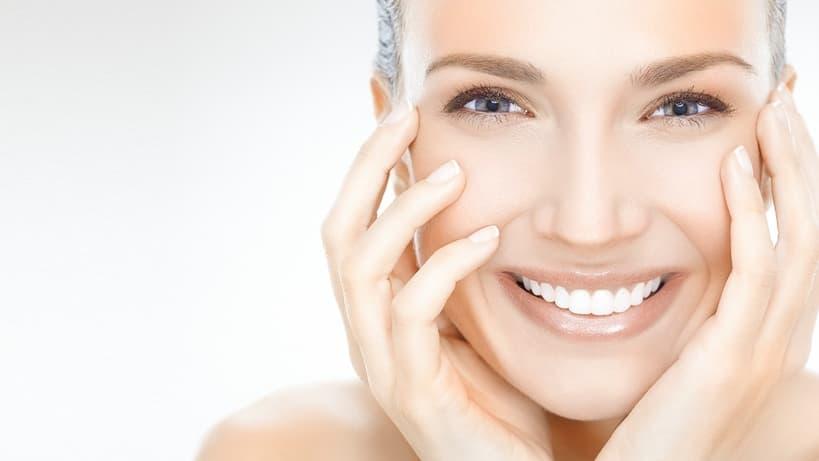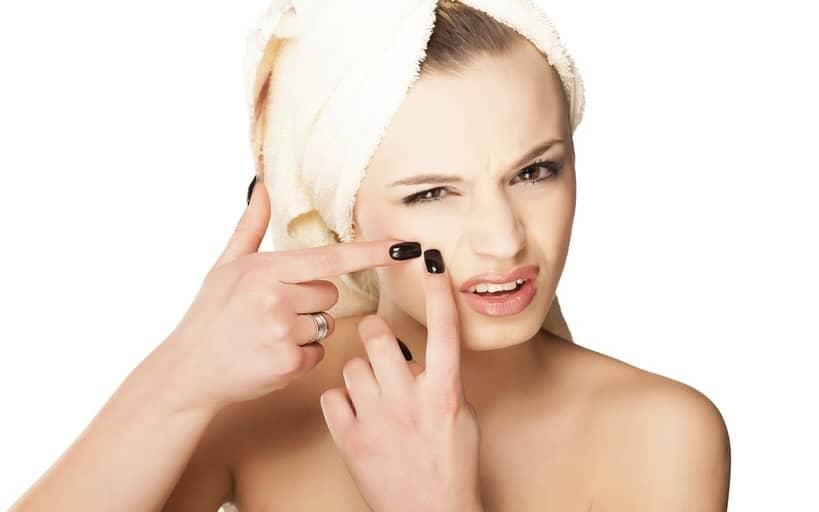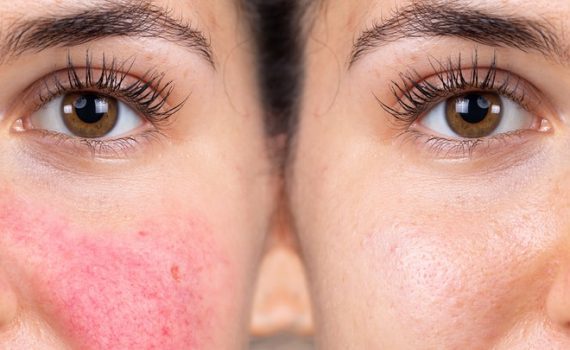Reading skin care labels can save your life! No, it’s not scare tactics to sell products – it’s the truth and you need to be […]
Natural Skin Care Fundamentals The skin is the body’s largest organ. The lungs breathe, and so does the skin. The breathing skin provides an exit […]
Is it just me or are there more negative issues than ever before emerging around botox? Hardly surprising really – after a decade of FDA […]
More than 7 out of 10 American women will suffer from varicose vein problems before they reach their sixties and yet many of us don’t […]
There are certain risk factors for varicose veins which make it more likely that you may suffer from vein problems at some stage in your […]
Rosacea treatment made great advances in the mid 1980’s when lasers were first used for the most severe cases. Technology has moved on since those […]
You probably won’t be surprised to know that botox injections are the most common anti aging treatment in the western world. If you are considering […]
Wrinkles around the eyes are the first sign for many of us that we are getting older – and not in a good way. You […]
Sun damage is worse than smoking as far as your skin is concerned – and for some people tanning can be just as addictive as […]
Hydroquinone is one of the most widely used active ingredients in skin care – at least in the US – and yet a debate rages […]
If this is the first time you’ve considered using anti aging skin care products you may literally not know where to start. There are thousands […]
If we lived in a fair world dark circles would be a punishment for stopping out too late and partying into the early hours. They […]

